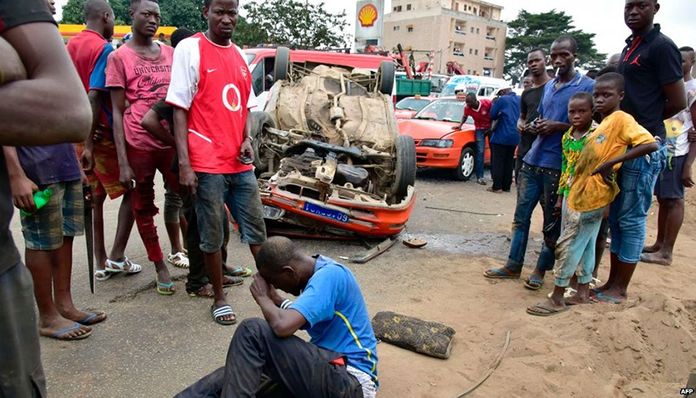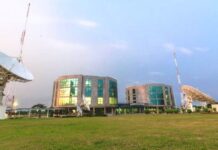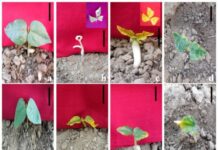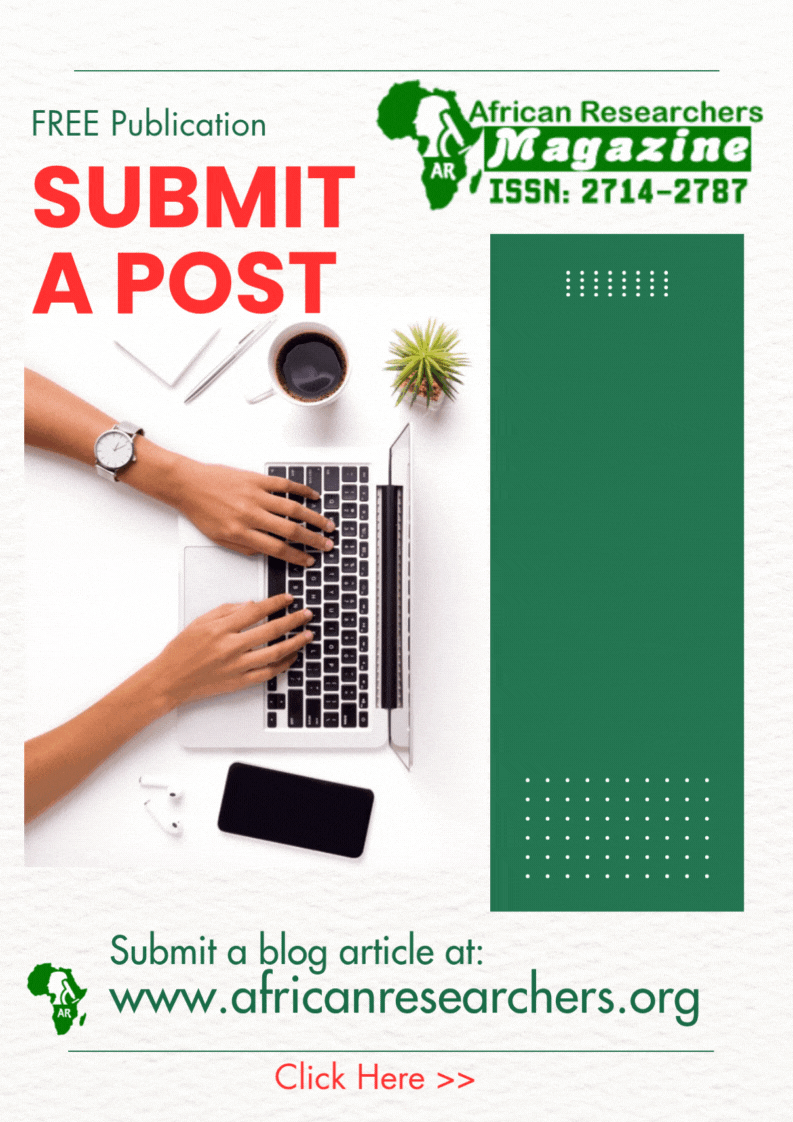A new study by Kitosi, P. (2023) titled “The Influence of Road Users’ Behaviors on Pedestrian Safety in Urban Built Environment” published in Open Access Library Journal shows that while careless driving and speeding often grab the headlines, it is the risky pedestrian behaviors in Kinondoni, Tanzania that are silently paving the way for a significant share of urban road accidents, putting both themselves and motorists in perilous situations in the region.
The paper explores how different road users, such as drivers, motorcyclists, and pedestrians, influence the occurrence of road accidents in urban built environments, using Kinondoni Municipal Council in Tanzania as a case study. This insightful study sheds light on the complex challenge of road accidents in urban areas and offers valuable insights for improving pedestrian safety. This study is important as accidents accounts for 18,054 or 6.12% of total deaths in Tanzania in 2020 – according to WHO. This data is similar in other African countries’ urban built environments. According to “Citizen Magazine”, road traffic injuries are the leading cause of death of people aged 5-29 years in Tanzania.
“
While careless driving and speeding often grab the headlines, it’s the risky pedestrian behaviors in Kinondoni that are silently paving the way for a significant share of urban road accidents, putting both themselves and motorists in perilous situations.
– Kitosi, 2023
To study the problem, the authors used a mixed research approach, which means they employed more than one type of research method. They employed various tools and methods such as reviewing road accident records, conducting interviews with pedestrians and other road users, physical observation, and photo taking. They also used closed and open-ended questions in their interviews and questionnaires to collect data from individuals in households. The researchers thereafter analyzed both qualitative and quantitative data to gain a comprehensive understanding of the behaviors of pedestrians and other road users in relation to existing laws and regulations governing road transport operations.
The main finding of the study shows that there were some risk-prone pedestrian behaviors in Kinondoni that put road users at risk of pedestrian-related accidents on urban roads. These behaviors were related to inappropriate pedestrian movements on roads, poor behavior at road junctions, bus stops, and thoughtless crossing. The analysis of pedestrian movement at the road junctions revealed some pedestrian behaviors that do not comply with road-use regulations. Road junctions are hot spots for road accidents in urban areas in Tanzania. Kinondoni has several major junctions like Ubungo junction, Mazense junction, Morocco junction, and other junctions where frequent road accidents have been recorded both at automated traffic control and non-auto-traffic controlled road junctions.
The authors also revealed that most pedestrian road accidents are caused by the violation of road traffic regulations by vehicle drivers and motorcyclists, such as careless driving, overspeeding, inappropriate overtaking, failure to follow traffic lights and signs, and illegal crossing. Pedestrians are often victims of poor decisions taken by vehicle drivers and motorcyclists who in most cases do not respect the rights of pedestrians on road usage.
Implication of the study
The study highlights the importance of addressing unwanted pedestrian behaviors in urban areas to improve pedestrian safety. It also emphasizes the need for effective enforcement of laws and regulations governing road transport operations to reduce the risk of pedestrian-related accidents. The study’s findings can inform the development of targeted interventions and policies aimed at improving pedestrian safety in urban built environments such as the need for more effective and consistent legal enforcement of road traffic regulations to ensure the safety of pedestrians and other road users in urban areas, the need for more public education and awareness campaigns to promote positive and responsible behaviors among road users. With an emphasis on respecting pedestrian rights, following traffic signals, avoiding speeding, overtaking, and alcohol use. The government should invest in road infrastructure and facilities, such as pedestrian bridges, zebra crossings, sidewalks, speed limit signs, and parking spaces, to reduce traffic conflicts and accidents in urban areas.
In conclusion, Kitosi’s 2023 study on pedestrian safety in Kinondoni sheds light on the often overlooked yet critical role of pedestrian behaviors in urban road accidents. With road accidents claiming a significant number of lives in Tanzania and other African countries, addressing this issue is imperative. The research underscores the urgent need for a multi-faceted approach, including stricter law enforcement, public education campaigns, and infrastructure improvements. By curbing risky behaviors among pedestrians and road users, promoting responsible actions, and enhancing road infrastructure, we can create safer urban environments for everyone. This study serves as a valuable resource for policymakers, highlighting the path toward reducing pedestrian-related accidents and ultimately saving lives on urban roads.

Question for Contribution and Comments
Dear reader, we value your input! Kindly share your thoughts, ideas, and comments regarding the question below in the comment section. Your valuable input will help shape our next article:
“Given the evident impact of pedestrian behaviors on urban road accidents, should cities and municipalities consider implementing innovative technological solutions, such as smart crosswalks or pedestrian detection systems, to actively monitor and manage pedestrian safety in high-risk areas, or should the focus primarily be on traditional enforcement methods and public education campaigns?”
















 The African Research (AR) Index is a comprehensive scholarly directory and database focused explicitly on journal publishers that publish and disseminate African research.
The African Research (AR) Index is a comprehensive scholarly directory and database focused explicitly on journal publishers that publish and disseminate African research.


Education is essential, but technology can also play a vital role. Smart crosswalks and pedestrian detection systems could be a game-changer, especially in high-risk areas. It’s time for our cities to embrace innovation while educating the public.
In my opinion, it’s not an either-or situation. Cities should definitely invest in smart crosswalks and detection systems, but they shouldn’t neglect traditional methods and public awareness campaigns. Safety requires a multi-faceted approach.
I think a combination of both is key. Innovative tech solutions like smart crosswalks can enhance safety, but they must work hand-in-hand with traditional enforcement and public education. Let’s strive for a holistic approach to pedestrian safety!
As someone living in a bustling city, I believe a balance is crucial. Innovative tech can be a great asset, but we should also focus on educating pedestrians and drivers. Safety is a shared responsibility. Let’s work together!
Incorporating technology into urban safety measures is progressive, but it must go hand in hand with education and awareness. A comprehensive approach will yield the best results in reducing accidents. Let’s prioritize safety for all.